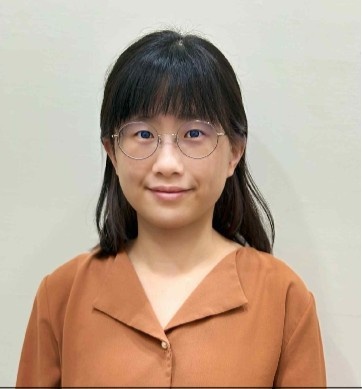AUCTORES
Globalize your Research
Research article | DOI: https://doi.org/10.31579/2692-9392/096
General Manager, RICD Wheelchair Project, Rajanagarindra Institute of Child Development, Thailand
*Corresponding Author: Joseph Tell, General Manager, RICD Wheelchair Project, Rajanagarindra Institute of Child Development, Thailand.
Citation: Joseph Tell, (2021) 21the Wheelchair Project Case Study: Leveraging Collaborative efforts and Partnerships to provide Assitive Devices for People Affected by Disability in Thailand and Southeast Asia. J. Archives of Medical Case Reports and Case Study, 5(2); DOI:10.31579/2692-9392/096
Copyright: © 2022 Joseph Tell. This is an open access article distributed under the Creative Commons Attribution License, which permits unrestricted use, distribution, and reproduction in any medium, provided the original work is properly cited.
Received: 23 November 2021 | Accepted: 18 December 2021 | Published: 06 January 2022
Keywords: assitive technology; disability, mobility; handicapped; provision; wheelchair; ricd wheelchair project; second-hand equipment; world health organization service training package
Many people affected by disability require assistive devices, particularly mobility aids, in order to live independently and fully integrate into their communities. Throughout the world, numerous methods have been implemented in facilitating the provision of these devices to people affected by disabilities. This case study intends use the Rajanagarindra Institute of Child Development Wheelchair Project, located in Chiang Mai, Thailand, to evaluate the viability and efficacy of mobility-provision programs which adapt wheelchairs and other assistive devices not originally intended for the end user. Programs which must “retro-adapt” equipment, like the Wheelchair Project, rely heavily on medical and mechanical expertise to identify the recipients’ needs and safely modify the device accordingly. By examining the distribution statistics from the Wheelchair Project over its 20 years of operation and the needs of the disability community reported by the National Statistics Office of Thailand alongside a cost-benefit analysis of the declared value provided versus operational cost, this case-study systematically details the scope and financial viability of this approach. While not without constraints, this model succeeds in effectively capitalizing on available resources (both in regard to physical equipment as well as professional expertise) to meet the needs of those affected by disabilities in Thailand and Southeast Asia. Although still limited in size and reach, the Wheelchair Project demonstrably shows its viability and the potential this approach presents given the right circumstances.
The RICD Wheelchair Project was established in 1999 under the Rajanagarindra Institute of Child Development with the mission to provide equipment to people affected by disabilities who did not have access or means to acquire wheelchairs or other aids that met their needs. Those involved with the Wheelchair Project’s initial undertaking could not have predicted the demand for this type of program, nor fully appreciate the complexity and effort providing a properly fit wheelchair entail.
Data shows that postural support and the proper use of mobility-aid-type assistive devices offers numerous benefits to the user and the community at large through the increased activity level that comes with independence, which has been clearly linked to better overall health, (Ploeg, Beek, Van Der Woude, & Mechelen, 2004; Barks, 2004) coordination, (Rochat, 1992) improved socialization and overall attitude. (Bray, Noyes, Edwards, & Harris, 2014) Use of mobility technologies have proved beneficial to respiratory and circulatory complications (Harris, Pinnington, & Ward, 2005) as well as directly contributing to mitigating a patient’s decline in health (Harris et al., 2005 ; Ploeg et al., 2004 ; Summer, Oconnell, Macalpine, 2017). Additionally, a patient’s emotional and mental health is positively correlated with improved mobility and independence (Rousseau-Harrison, & Rochette, 2012), particularly in instances of individuals who previously were without (Shore, 2017).
Other benefits associated with access to assistive devices include higher community involvement (Glumac, Pinnington, & Ward, 2005; Summer et al., 2017) and employment rates (Shore, 2017), which directly affect an individual’s ability to contribute to the economy and ease the financial strain on their families and governments (Bickenbach, 2011). The WHO estimates that governments lose approximately 6.7% of their GDP due to the ~80% unemployment rate of individuals affected by disabilities and their lack taxable income or being able to contribute into the economy (Bickenbach, 2011). In Thailand, only 23.9% of the populations with disabilities were employed (Toro, Eke, & Pearlman, 2015). These vocational limitations are directly linked to under-developed educational resources. 65.3% of individuals in Thailand with a disability between the ages of 5-24 have received no education whatsoever, and less than 15
Given that the primary function of the Wheelchair Project is to provide mobility aids to individuals affected by disability, the question of “impact” or “value” becomes a very difficult thing to quantify. To the recipient, a wheelchair means significantly more than the device itself. It represents independence, access to community, education, or job opportunities. Monetary valuation on a non-commodity subjects is - by itself - difficult to calculate, but this difficulty is further compounded when these subjects are directly related to human beings and their quality of life.
In efforts to objectively measure and evaluate the Wheelchair Project, two primary categories were selected - (1) Scope and (2) Financial Viability - as measured through the following sub-categories: (1)(a) Equipment Distributed ; (1)(b) Services Offered ; (1)(c) Outreach Proximity ; (2)( a) Market Value of Equipment Given ; (2)(b) Donations in Kind ; (2)(c) Total Operational Cost ; and (2)(d) Sustainability. These two primary categories were selected due to their merits in evaluating the Wheelchair Project as a model and their predominantly objective data.
(1)(a) Equipment Distributed
Equipment Distributed – or “work output” – is an ideal statistic to begin with, describing how many pieces of equipment (broken down into “Wheelchairs” and “Various” sub-categories) have been given away each year. These statistics show that the latest year – 2019 – compared to the year work production began – 2000 – has seen an increase of total mobility aids provided by a factor of more than 10x, with average growth, year by year, of approximately 20% (Table 1). Of the information available, approximately 91% of equipment provided went to a first-time patient of the Wheelchair Project, many of whom were receiving their first wheelchair for private use. It is worth noting that estimated value of equipment given was derived from Average Market Value in Thailand if available, and value declared by donor if unavailable.
)(b) Services Offered
Services Offered looks at how many different methods the Wheelchair Project utilizes in its pursuit to supply equipment. The two primary fields of service are individual care (adjustment/distribution/repair of equipment as described previously) and long-term efforts involving systemic change. This primarily takes the form of medical/technical training programs and the innovations and reference materials available as support elements to the trainees. Of particular note within these expanded services is the training program, which follows the World Health Organization’s “Wheelchair Service Training Package,” under which trainees who complete this course have the opportunity to receive accreditation given by the International Society of Wheelchair Professionals, contingent on a passing grade of the testing and evaluation modules required. The expectation is that this program will yield a network of trained medical and technical partners throughout the region that offer year-round services.
(1)(c) Outreach Proximity
The third criteria to measure the Wheelchair Project’s scope, particularly its progression over the years, is Outreach Proximity. This metric is particularly useful in highlighting widespread interest in the work efforts of the Wheelchair Project. The Wheelchair Project, based in Chiang Mai, Thailand, initially only offered its services city-wide before quickly being invited to nearby provinces the very next year, and later expanding to every other regions and countries. To date, the Wheelchair Project has held more than 250 distribution events in nearly every province of Thailand and all bordering countries (Malaysia, Myanmar, Laos, and Cambodia).
(2)(a) Market Value of Equipment Given
Evaluating the Market Value of Equipment given by the Wheelchair Project necessitates finding the average cost of comparable items available on the 2nd-hand market. This was done by looking through compiling used listings available locally online, eliminating outlier listings priced either overly high or low, and taking a median sample for the “Market Value” of that equipment type. This was carried out for every equipment type with a total inventory count for that type equal to 1% or greater of the total inventory volume received by the Wheelchair Project. These “market values” are updated in intervals of approximately 1 year to accurately reflect current real-world valuation. It is worth noting that this practice has only been in place for the previous 5 years, with prior years reporting less consistent values. Where Market Value was not available, estimated value was derived from the estimates of the donating organization and their own evaluation, which has been consistently and markedly lower than Thailand Market Values. To date, the Wheelchair Project has provided 297,154,310 THB (~9.6 million USD) worth of equipment to people affected by disabilities. (Yearly value of donated equipment year-by-year available in Table 1)
(2)(b) Donations in Kind
Donations in Kind are a significant factor in the Wheelchair Project’s proliferation. Even without the inclusion of the value of equipment donated to the Wheelchair Project, as listed above, the Donations in Kind are valued in the millions of Thai Baht. (Table 2) There are numerous organizations and individuals which contribute services or goods in the support of the Wheelchair Project efforts. A majority of the Wheelchair Project workforce are non-salaried volunteers or voluntarily working for a lower income than other work opportunities available. Additionally, the shipment, import, and transportation of all equipment is provided for free by a major supporting company. Even the accommodation, transportation, and logistics expenses that every distribution or training event require are covered by the local hospitals, municipalities, partners, or other entities. While nearly impossible to adequately calculate, the expense these stakeholders save the Wheelchair Project are estimated at a minimum of 3 million THB and often much higher – 2019, for example, Donations in Kind were valued at approximately 7.7 million THB.
(2)(c) Total Operational Cost
Donations in Kind is directly linked to the Total Operational Cost of the Wheelchair Project, which will compare the Potential Cost and Actual Cost needed to sustain the ongoing activities of the Wheelchair Project, specifically for the year 2019. Please note that the “Potential Cost” figures are calculated estimates drawn from real-world quotations of identical or similar goods and services offered by the contributing company itself or comparable company if data is unavailable.
Of note is Actual Cost for the Wheelchair Project is a mere 1.5% of the Market Value given away in 2019; even if there were no subsidizations through Donations in Kind the total Operational Cost would still only rise to 13.6% of the Market Value of its 2nd-hand equipment provided to people affected by disabilities. It is worth note that “Potential Cost” calculations are rough estimates and subject to numerous mitigating factors that affect real-world cost or value. The emphasis here is not the value of Donations in Kind given to the Wheelchair Project – the emphasis is on the value of collaborative efforts in general.
(2)(d) Sustainability
Finally, evaluation of the Sustainability of the Wheelchair Project will appraise the apparent reliability and longevity of current support systems as well as the scalability of its model. As noted throughout this case study, the proliferation of the Wheelchair Project is driven primarily by its numerous supporting or contributing partners. Having this wide partnership base has enabled the Wheelchair Project access to multiple sources for inventory supply from multiple originating countries, financial donations, transportation partners, volunteer advocacy platforms, and patient liaison entities. This diversification of partners ensures that ongoing activities are not solely dependent on any single contributor. And although output could potentially drop significantly should certain partners cease cooperation, the Wheelchair Project would almost certainly not suffer cessation altogether.
Additionally, equipment supply potential and patient demand within Thailand are under-saturated at the time of writing, with hundreds of thousands of individuals in Thailand (Thailand National Statistics Office, 2020) in need of equipment and multiple equipment donor organizations prepared to supply additional shipments of mobility aids to the Wheelchair Project. This disparity of need/availability and the output currently being offered by the Wheelchair Project is the foundation for the training and propagation efforts recently put into effect.
While the findings detailed in this case study indicate strong potential for the re-distribution model employed by the Wheelchair Project, no sweeping determinations can be made until further data is collected from additional assistive device provisioners in a variety of environments. To put this more plainly, this case study documents a single project’s relief efforts, and it is impossible to definitively identify which factors were instrumental to the Wheelchair Project’s success. Attributes of the Wheelchair Project which are clearly advantageous include its status as a Royal Project with allowances that facilitate import and distribution of equipment as well as the close cooperation from the Thai Medical Council, Ministry of Public Health, and the network of government hospitals throughout Thailand. Furthermore, the international network of partners who collect, refurbish, and facilitate the transport and the delivery of equipment from abroad remain an integral part of the Wheelchair Project’s operation. These aspects of the Wheelchair Project are the result of years of hard work and are not easily replicated.
It is important to note that as manufacturing techniques and global logistic systems develop, there are increasing numbers of alternative sources for equipment available at extremely low cost, with some providing equipment at-cost or even free of charge to approved provisioners. These manufacturers achieve this through the economies of scale by bulk-producing a select few equipment types, using lower-cost materials, optimizing the equipment design for production or transportation, vertical integration, subsidizing end user cost through alternative funding, or a combination of these techniques. Many of these offerings typically have low adaptability, limiting the number of patients able to use them. The Wheelchair Project currently does not receive or distribute any equipment types of this nature and cannot speak to the merits or drawbacks these pieces introduce for provisioning programs.
Finally, this case study fails to include any analysis of recipients’ long-term condition once having received an assistive device from the Wheelchair Project. It is paramount that assistive devices such as wheelchairs and other mobility aids be appropriately selected and adjusted in accordance with the physical, environmental, and ADL (Activities of Daily Living) needs of each recipient. These fittings must be updated and the equipment re-adapted as the patient grows, develops, or as their condition requires; this is particularly important for pediatric patients whose bodies are rapidly changing and developing. (Khasnabis & Mines, 2013) Due to the Wheelchair Project’s prioritization of first-time patients – that is, patients currently without an assistive device – as well as the challenges posed by the proximity most distributions occur from Chiang Mai, data on post-fitting patients’ condition is extremely limited.
Global population trends continue to see positive growth rates year-over-year with projections predicting continued growth across almost all population sectors, including the overall number of people affected by disability, for the foreseeable future. (ourworldindata.org) The WHO estimates that there are currently 1 billion people – approximately 15% of the world’s population – currently living with “moderate to severe” disabilities; in 1970, people affected by disabilities were estimated to have made up approximately 10% of the world’s population. (Bickenbach, 2011) This is primarily due to advances in medical services and better living conditions, particularly in more wealthy nations. (Bickenbach, 2011) Assuming these predictions are accurate, as the population of individuals affected by disability increases there will be a proportionate increase in demand for assistive devices – demand which is already inadequately met. Meeting this need will require robust programs with widespread adoption which can keep pace with the population growth.
Despite clearly demonstrating viability, the Wheelchair Project’s year-over-year growth remains outpaced compared to localized population growth of persons with disabilities recorded by Thailand’s National Statistics Office. In 2012 it was reported that approximately 297,003 individuals in Thailand were in need of assistive devices out of the total population affected by disabilities (1,478,662 or 2.17% of the total population). (Thailand National Statistics Office, 2014) 5 years later, at the next survey interval, 557,397 individuals reported being in need of assistive devices (up 46.72% from previously) out of the 3,694,379 individuals (up 149.85% from previously) surveyed with a disability, or 5.5% of the total population. (Thailand National Statistics Office, 2020) During this same 2012-2017 interval, the Wheelchair Project recorded an overall growth of 39.56% for assistive devices provided. Clearly, alternative efforts must be employed alongside the Wheelchair Project in order to adequately meet the growing needs of the disabled population.
Serious discussion must be given on strategies for the development and implementation of services for people affected by disability which allow for the provision of appropriate assistive devices without compromising the quality of care provided yet still being fiscally responsible. The diversity of needs that require an assistive device of some type necessitates a range of offerings which is broad enough to address these needs in almost all scenarios. However, through systematic analysis of these needs, it must be possible to identify devices which can appropriately meet the needs of significant portions of the population. By mass-producing devices such as these for wide disbursement, the need for technical expertise may be reduced through targeted training materials and how-to guides on these common devices’ adaptation or modification. Additionally, repair and refurbishment may be simplified due to the high volume in circulation. This will also allow provisioners with specialized expertise to prioritize patients with complex or a-typical needs. Such a strategy would require a widespread data collection, a well-trained network of provisioners, and vigilant efforts to monitor and re-evaluate all aspects of this process to maintain best-practice and identify available optimizations. Government sponsorship and regulation would be critical to the success of a program of this nature and size.
The model outlined in this case study has demonstrated a viability over the Wheelchair Project’s 20-year history, but development requires constant and critical re-evaluation of all strategies in order to make adjustments which adapt and along with the ever-evolving circumstances surrounding the work being done. Questioning any model is key in keeping pace with the needs and optimally leveraging available resources. E.g. At what point will local equipment production be economical and reliable enough to outpace import of foreign-made 2nd-hand wheelchairs? What role will future legislation/government insurance or welfare programs play in these efforts? What limitations will logistics and supply have when multiples of centers are established – not to even consider what facilities and support systems will be necessary to keep pace with supplying these centers? There will never be a single “correct” answer regarding an issue as acutely felt as this subject is, but the complexity of a problem should never deter our efforts to improve the world around us.
The history and proliferation of the Wheelchair Project have demonstrated a desire for the services it offers in Thailand and Southeast Asia. However, there is still more to be explored regarding this model’s place as part of an overarching strategy aimed at meeting the deficit of assistive devices easily accessible to the public. This case study shows that, given the right environment and implementation, programs of this nature can be fiscally viable and sustainable. Additionally, this model demonstrates strong scalability and replication potential given its emphasis of the utilization of readily available resources and expertise, as well as the use of pre-existing training modules developed by the World Health Organization available in Thai and certified under the International Society of Wheelchair Professionals.
Independently, the Wheelchair Project is, and will continue to be, incapable of meeting its goal of providing every individual with attainable access to assistive devices. A united and coordinated effort dedicated is instrumental in achieving this goal. And while more highly developed models may provide better services to patients, the medical, logistical, manufacturing, and financial requirements needed for implementation would likely proves extremely challenging. The model showcased in this case study featuring the Wheelchair Project provides a viable “next-steps” approach for Thailand and similar regions to effectively address the needs felt by its citizens affected by disability.
The Wheelchair Project would like to take this opportunity to acknowledge the many, many people, organizations, and stakeholders that make this work possible, beginning with our deep appreciation for Her Royal Highness Princess Mahachakri Sirindhorn, sponsor and royal patron of the Wheelchair Project, and without whom none of this would be possible. The Wheelchair Project would also like to express its appreciation to the Rajanagarindra Institute of Child Development and the RICD Foundation, as well as their many staff who oversee the ongoing effort of the Wheelchair Project and under whose name we serve. Furthermore, the Wheelchair Project would like to thank the many equipment donors from around the world who provide the equipment which is provided to the people of Thailand at no cost. Additionally, we would like to thank the many organizations who contribute their services, finances, and gifts-in-kind which sustain the Wheelchair Project allowing us to import equipment from abroad, transport equipment throughout the country and region for distribution, purchase tools and equipment and supplies needed in the necessary refurbishment and adaptation of equipment before it can be given to a patient, and the many other contributions too numerous to name which allow the Wheelchair Project to continue its efforts. And finally, the Wheelchair Project is indebted to the many workers, staff, and volunteers who offer their time and energy to carry on this amazing work. It is difficult to imagine a better example of the awesome power of cooperation and what we can accomplish when we work together.
Clearly Auctoresonline and particularly Psychology and Mental Health Care Journal is dedicated to improving health care services for individuals and populations. The editorial boards' ability to efficiently recognize and share the global importance of health literacy with a variety of stakeholders. Auctoresonline publishing platform can be used to facilitate of optimal client-based services and should be added to health care professionals' repertoire of evidence-based health care resources.

Journal of Clinical Cardiology and Cardiovascular Intervention The submission and review process was adequate. However I think that the publication total value should have been enlightened in early fases. Thank you for all.

Journal of Women Health Care and Issues By the present mail, I want to say thank to you and tour colleagues for facilitating my published article. Specially thank you for the peer review process, support from the editorial office. I appreciate positively the quality of your journal.
Journal of Clinical Research and Reports I would be very delighted to submit my testimonial regarding the reviewer board and the editorial office. The reviewer board were accurate and helpful regarding any modifications for my manuscript. And the editorial office were very helpful and supportive in contacting and monitoring with any update and offering help. It was my pleasure to contribute with your promising Journal and I am looking forward for more collaboration.

We would like to thank the Journal of Thoracic Disease and Cardiothoracic Surgery because of the services they provided us for our articles. The peer-review process was done in a very excellent time manner, and the opinions of the reviewers helped us to improve our manuscript further. The editorial office had an outstanding correspondence with us and guided us in many ways. During a hard time of the pandemic that is affecting every one of us tremendously, the editorial office helped us make everything easier for publishing scientific work. Hope for a more scientific relationship with your Journal.
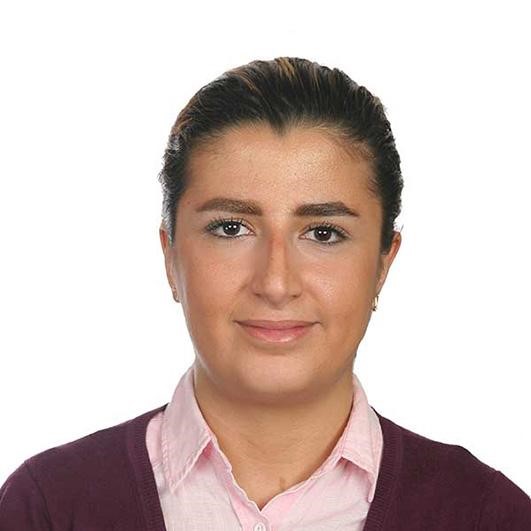
The peer-review process which consisted high quality queries on the paper. I did answer six reviewers’ questions and comments before the paper was accepted. The support from the editorial office is excellent.

Journal of Neuroscience and Neurological Surgery. I had the experience of publishing a research article recently. The whole process was simple from submission to publication. The reviewers made specific and valuable recommendations and corrections that improved the quality of my publication. I strongly recommend this Journal.
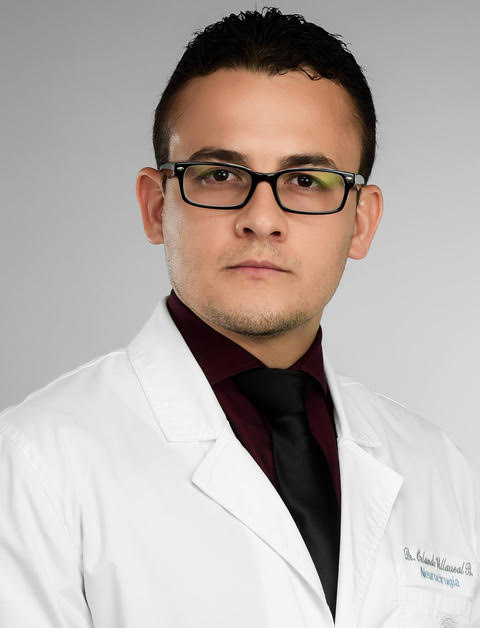
Dr. Katarzyna Byczkowska My testimonial covering: "The peer review process is quick and effective. The support from the editorial office is very professional and friendly. Quality of the Clinical Cardiology and Cardiovascular Interventions is scientific and publishes ground-breaking research on cardiology that is useful for other professionals in the field.

Thank you most sincerely, with regard to the support you have given in relation to the reviewing process and the processing of my article entitled "Large Cell Neuroendocrine Carcinoma of The Prostate Gland: A Review and Update" for publication in your esteemed Journal, Journal of Cancer Research and Cellular Therapeutics". The editorial team has been very supportive.

Testimony of Journal of Clinical Otorhinolaryngology: work with your Reviews has been a educational and constructive experience. The editorial office were very helpful and supportive. It was a pleasure to contribute to your Journal.
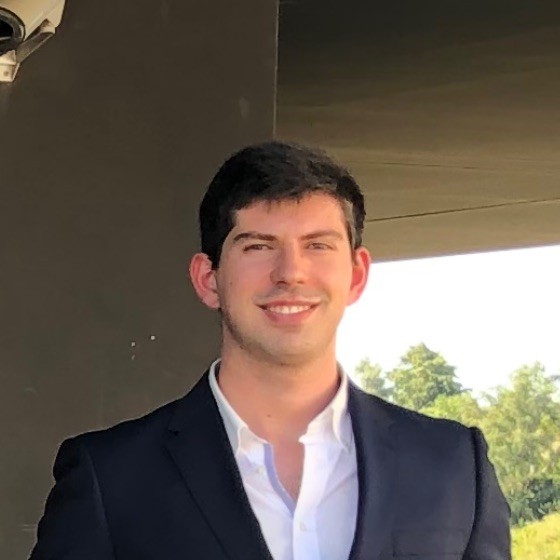
Dr. Bernard Terkimbi Utoo, I am happy to publish my scientific work in Journal of Women Health Care and Issues (JWHCI). The manuscript submission was seamless and peer review process was top notch. I was amazed that 4 reviewers worked on the manuscript which made it a highly technical, standard and excellent quality paper. I appreciate the format and consideration for the APC as well as the speed of publication. It is my pleasure to continue with this scientific relationship with the esteem JWHCI.

This is an acknowledgment for peer reviewers, editorial board of Journal of Clinical Research and Reports. They show a lot of consideration for us as publishers for our research article “Evaluation of the different factors associated with side effects of COVID-19 vaccination on medical students, Mutah university, Al-Karak, Jordan”, in a very professional and easy way. This journal is one of outstanding medical journal.
Dear Hao Jiang, to Journal of Nutrition and Food Processing We greatly appreciate the efficient, professional and rapid processing of our paper by your team. If there is anything else we should do, please do not hesitate to let us know. On behalf of my co-authors, we would like to express our great appreciation to editor and reviewers.

As an author who has recently published in the journal "Brain and Neurological Disorders". I am delighted to provide a testimonial on the peer review process, editorial office support, and the overall quality of the journal. The peer review process at Brain and Neurological Disorders is rigorous and meticulous, ensuring that only high-quality, evidence-based research is published. The reviewers are experts in their fields, and their comments and suggestions were constructive and helped improve the quality of my manuscript. The review process was timely and efficient, with clear communication from the editorial office at each stage. The support from the editorial office was exceptional throughout the entire process. The editorial staff was responsive, professional, and always willing to help. They provided valuable guidance on formatting, structure, and ethical considerations, making the submission process seamless. Moreover, they kept me informed about the status of my manuscript and provided timely updates, which made the process less stressful. The journal Brain and Neurological Disorders is of the highest quality, with a strong focus on publishing cutting-edge research in the field of neurology. The articles published in this journal are well-researched, rigorously peer-reviewed, and written by experts in the field. The journal maintains high standards, ensuring that readers are provided with the most up-to-date and reliable information on brain and neurological disorders. In conclusion, I had a wonderful experience publishing in Brain and Neurological Disorders. The peer review process was thorough, the editorial office provided exceptional support, and the journal's quality is second to none. I would highly recommend this journal to any researcher working in the field of neurology and brain disorders.

Dear Agrippa Hilda, Journal of Neuroscience and Neurological Surgery, Editorial Coordinator, I trust this message finds you well. I want to extend my appreciation for considering my article for publication in your esteemed journal. I am pleased to provide a testimonial regarding the peer review process and the support received from your editorial office. The peer review process for my paper was carried out in a highly professional and thorough manner. The feedback and comments provided by the authors were constructive and very useful in improving the quality of the manuscript. This rigorous assessment process undoubtedly contributes to the high standards maintained by your journal.
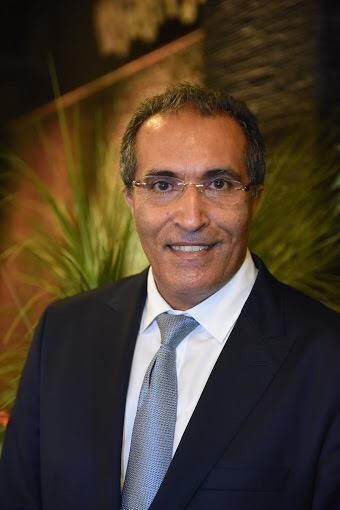
International Journal of Clinical Case Reports and Reviews. I strongly recommend to consider submitting your work to this high-quality journal. The support and availability of the Editorial staff is outstanding and the review process was both efficient and rigorous.
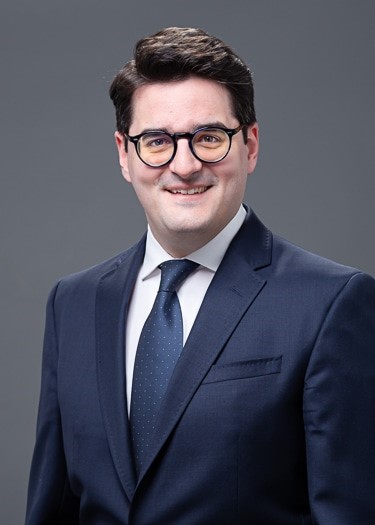
Thank you very much for publishing my Research Article titled “Comparing Treatment Outcome Of Allergic Rhinitis Patients After Using Fluticasone Nasal Spray And Nasal Douching" in the Journal of Clinical Otorhinolaryngology. As Medical Professionals we are immensely benefited from study of various informative Articles and Papers published in this high quality Journal. I look forward to enriching my knowledge by regular study of the Journal and contribute my future work in the field of ENT through the Journal for use by the medical fraternity. The support from the Editorial office was excellent and very prompt. I also welcome the comments received from the readers of my Research Article.

Dear Erica Kelsey, Editorial Coordinator of Cancer Research and Cellular Therapeutics Our team is very satisfied with the processing of our paper by your journal. That was fast, efficient, rigorous, but without unnecessary complications. We appreciated the very short time between the submission of the paper and its publication on line on your site.
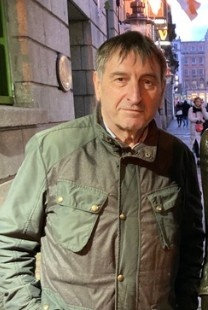
I am very glad to say that the peer review process is very successful and fast and support from the Editorial Office. Therefore, I would like to continue our scientific relationship for a long time. And I especially thank you for your kindly attention towards my article. Have a good day!

"We recently published an article entitled “Influence of beta-Cyclodextrins upon the Degradation of Carbofuran Derivatives under Alkaline Conditions" in the Journal of “Pesticides and Biofertilizers” to show that the cyclodextrins protect the carbamates increasing their half-life time in the presence of basic conditions This will be very helpful to understand carbofuran behaviour in the analytical, agro-environmental and food areas. We greatly appreciated the interaction with the editor and the editorial team; we were particularly well accompanied during the course of the revision process, since all various steps towards publication were short and without delay".

I would like to express my gratitude towards you process of article review and submission. I found this to be very fair and expedient. Your follow up has been excellent. I have many publications in national and international journal and your process has been one of the best so far. Keep up the great work.

We are grateful for this opportunity to provide a glowing recommendation to the Journal of Psychiatry and Psychotherapy. We found that the editorial team were very supportive, helpful, kept us abreast of timelines and over all very professional in nature. The peer review process was rigorous, efficient and constructive that really enhanced our article submission. The experience with this journal remains one of our best ever and we look forward to providing future submissions in the near future.
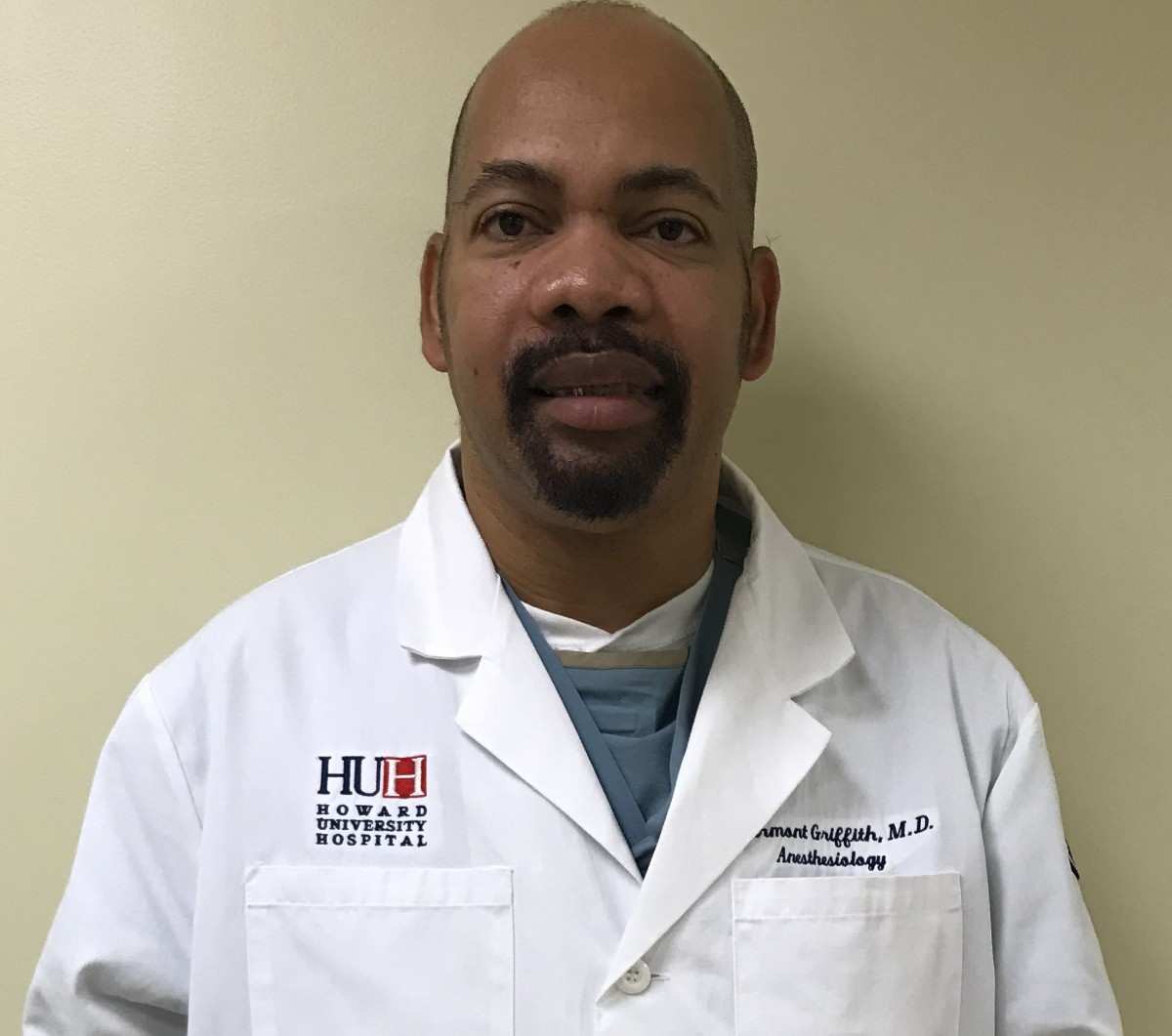
I am very pleased to serve as EBM of the journal, I hope many years of my experience in stem cells can help the journal from one way or another. As we know, stem cells hold great potential for regenerative medicine, which are mostly used to promote the repair response of diseased, dysfunctional or injured tissue using stem cells or their derivatives. I think Stem Cell Research and Therapeutics International is a great platform to publish and share the understanding towards the biology and translational or clinical application of stem cells.

I would like to give my testimony in the support I have got by the peer review process and to support the editorial office where they were of asset to support young author like me to be encouraged to publish their work in your respected journal and globalize and share knowledge across the globe. I really give my great gratitude to your journal and the peer review including the editorial office.
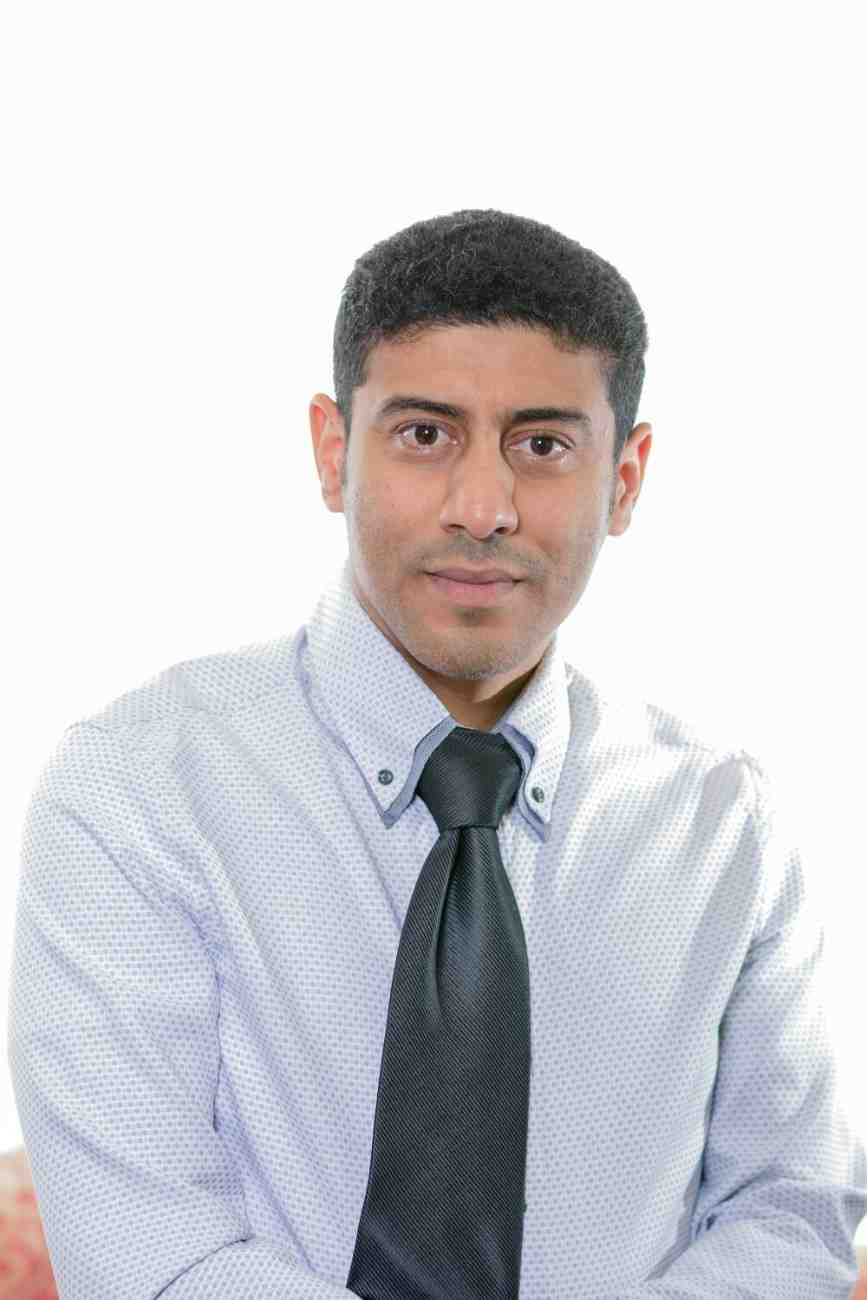
I am delighted to publish our manuscript entitled "A Perspective on Cocaine Induced Stroke - Its Mechanisms and Management" in the Journal of Neuroscience and Neurological Surgery. The peer review process, support from the editorial office, and quality of the journal are excellent. The manuscripts published are of high quality and of excellent scientific value. I recommend this journal very much to colleagues.
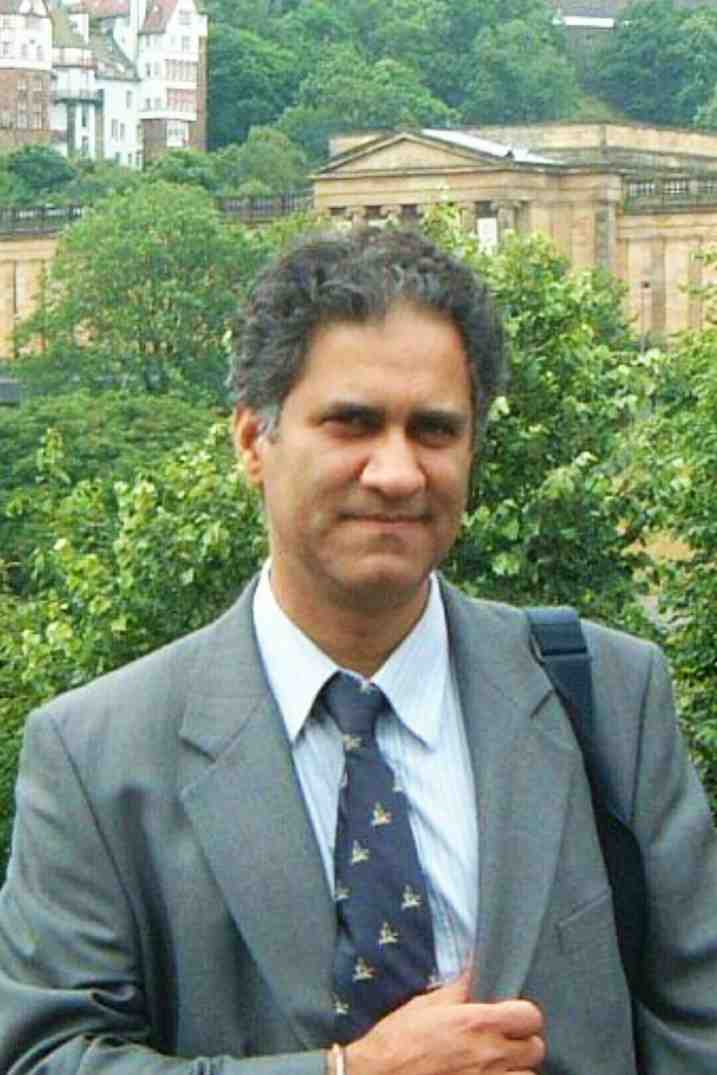
Dr.Tania Muñoz, My experience as researcher and author of a review article in The Journal Clinical Cardiology and Interventions has been very enriching and stimulating. The editorial team is excellent, performs its work with absolute responsibility and delivery. They are proactive, dynamic and receptive to all proposals. Supporting at all times the vast universe of authors who choose them as an option for publication. The team of review specialists, members of the editorial board, are brilliant professionals, with remarkable performance in medical research and scientific methodology. Together they form a frontline team that consolidates the JCCI as a magnificent option for the publication and review of high-level medical articles and broad collective interest. I am honored to be able to share my review article and open to receive all your comments.
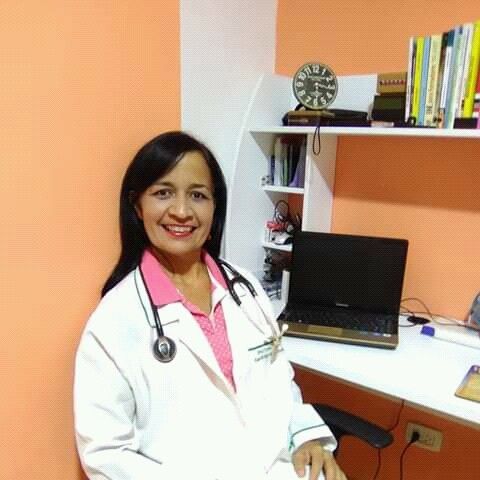
“The peer review process of JPMHC is quick and effective. Authors are benefited by good and professional reviewers with huge experience in the field of psychology and mental health. The support from the editorial office is very professional. People to contact to are friendly and happy to help and assist any query authors might have. Quality of the Journal is scientific and publishes ground-breaking research on mental health that is useful for other professionals in the field”.
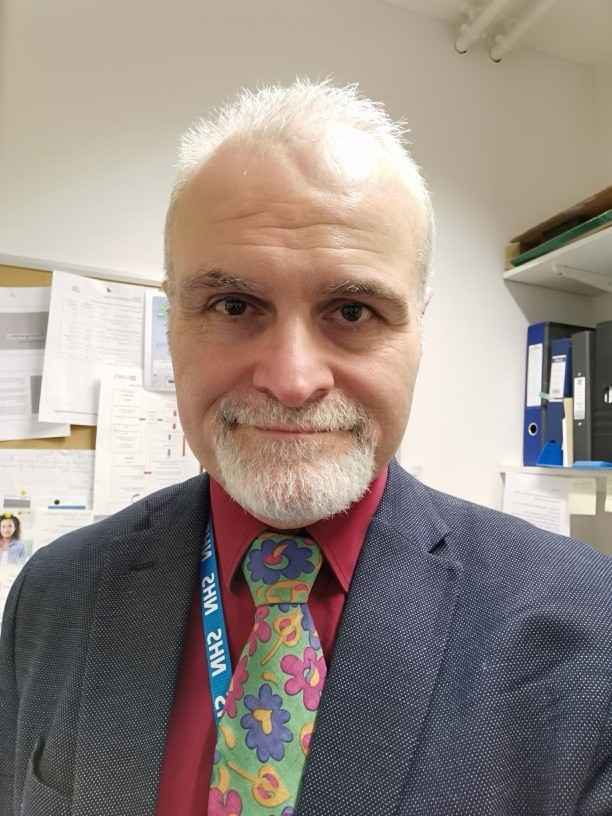
Dear editorial department: On behalf of our team, I hereby certify the reliability and superiority of the International Journal of Clinical Case Reports and Reviews in the peer review process, editorial support, and journal quality. Firstly, the peer review process of the International Journal of Clinical Case Reports and Reviews is rigorous, fair, transparent, fast, and of high quality. The editorial department invites experts from relevant fields as anonymous reviewers to review all submitted manuscripts. These experts have rich academic backgrounds and experience, and can accurately evaluate the academic quality, originality, and suitability of manuscripts. The editorial department is committed to ensuring the rigor of the peer review process, while also making every effort to ensure a fast review cycle to meet the needs of authors and the academic community. Secondly, the editorial team of the International Journal of Clinical Case Reports and Reviews is composed of a group of senior scholars and professionals with rich experience and professional knowledge in related fields. The editorial department is committed to assisting authors in improving their manuscripts, ensuring their academic accuracy, clarity, and completeness. Editors actively collaborate with authors, providing useful suggestions and feedback to promote the improvement and development of the manuscript. We believe that the support of the editorial department is one of the key factors in ensuring the quality of the journal. Finally, the International Journal of Clinical Case Reports and Reviews is renowned for its high- quality articles and strict academic standards. The editorial department is committed to publishing innovative and academically valuable research results to promote the development and progress of related fields. The International Journal of Clinical Case Reports and Reviews is reasonably priced and ensures excellent service and quality ratio, allowing authors to obtain high-level academic publishing opportunities in an affordable manner. I hereby solemnly declare that the International Journal of Clinical Case Reports and Reviews has a high level of credibility and superiority in terms of peer review process, editorial support, reasonable fees, and journal quality. Sincerely, Rui Tao.

Clinical Cardiology and Cardiovascular Interventions I testity the covering of the peer review process, support from the editorial office, and quality of the journal.
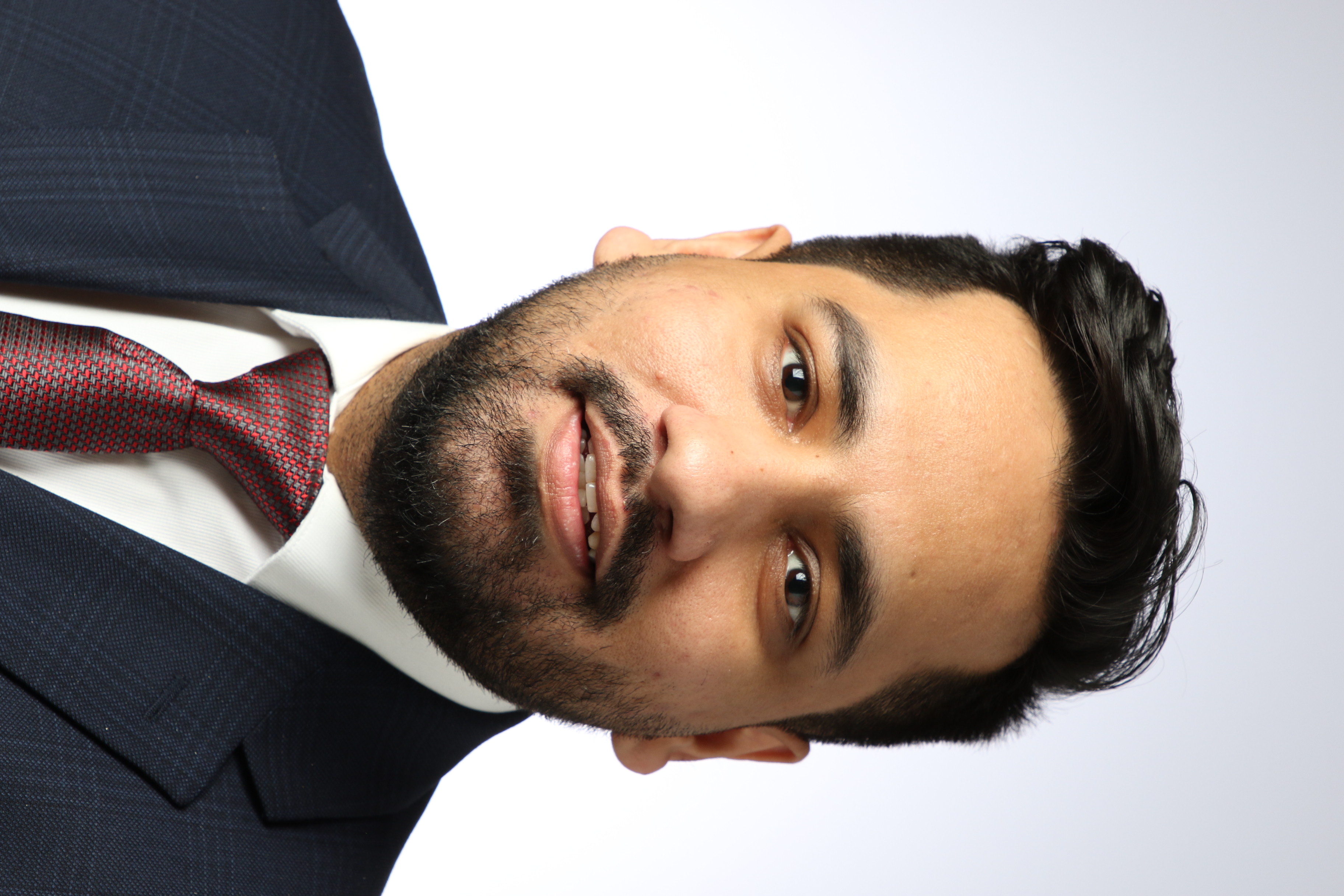
Clinical Cardiology and Cardiovascular Interventions, we deeply appreciate the interest shown in our work and its publication. It has been a true pleasure to collaborate with you. The peer review process, as well as the support provided by the editorial office, have been exceptional, and the quality of the journal is very high, which was a determining factor in our decision to publish with you.
The peer reviewers process is quick and effective, the supports from editorial office is excellent, the quality of journal is high. I would like to collabroate with Internatioanl journal of Clinical Case Reports and Reviews journal clinically in the future time.
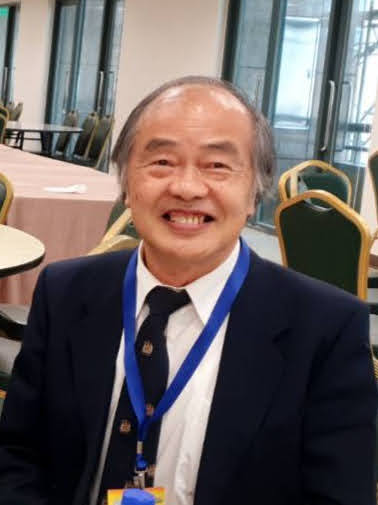
Clinical Cardiology and Cardiovascular Interventions, I would like to express my sincerest gratitude for the trust placed in our team for the publication in your journal. It has been a true pleasure to collaborate with you on this project. I am pleased to inform you that both the peer review process and the attention from the editorial coordination have been excellent. Your team has worked with dedication and professionalism to ensure that your publication meets the highest standards of quality. We are confident that this collaboration will result in mutual success, and we are eager to see the fruits of this shared effort.

Dear Dr. Jessica Magne, Editorial Coordinator 0f Clinical Cardiology and Cardiovascular Interventions, I hope this message finds you well. I want to express my utmost gratitude for your excellent work and for the dedication and speed in the publication process of my article titled "Navigating Innovation: Qualitative Insights on Using Technology for Health Education in Acute Coronary Syndrome Patients." I am very satisfied with the peer review process, the support from the editorial office, and the quality of the journal. I hope we can maintain our scientific relationship in the long term.
Dear Monica Gissare, - Editorial Coordinator of Nutrition and Food Processing. ¨My testimony with you is truly professional, with a positive response regarding the follow-up of the article and its review, you took into account my qualities and the importance of the topic¨.

Dear Dr. Jessica Magne, Editorial Coordinator 0f Clinical Cardiology and Cardiovascular Interventions, The review process for the article “The Handling of Anti-aggregants and Anticoagulants in the Oncologic Heart Patient Submitted to Surgery” was extremely rigorous and detailed. From the initial submission to the final acceptance, the editorial team at the “Journal of Clinical Cardiology and Cardiovascular Interventions” demonstrated a high level of professionalism and dedication. The reviewers provided constructive and detailed feedback, which was essential for improving the quality of our work. Communication was always clear and efficient, ensuring that all our questions were promptly addressed. The quality of the “Journal of Clinical Cardiology and Cardiovascular Interventions” is undeniable. It is a peer-reviewed, open-access publication dedicated exclusively to disseminating high-quality research in the field of clinical cardiology and cardiovascular interventions. The journal's impact factor is currently under evaluation, and it is indexed in reputable databases, which further reinforces its credibility and relevance in the scientific field. I highly recommend this journal to researchers looking for a reputable platform to publish their studies.
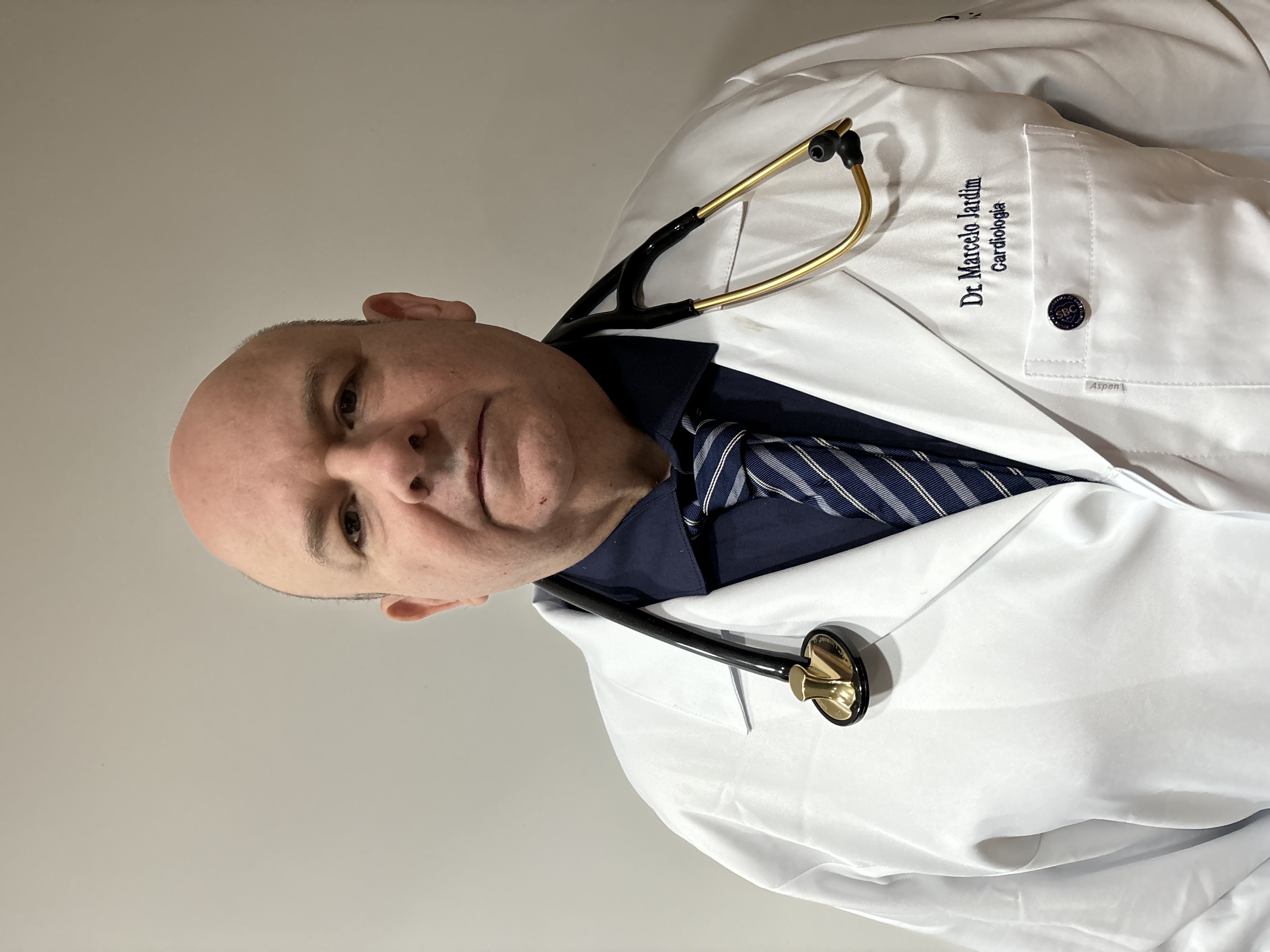
Dear Editorial Coordinator of the Journal of Nutrition and Food Processing! "I would like to thank the Journal of Nutrition and Food Processing for including and publishing my article. The peer review process was very quick, movement and precise. The Editorial Board has done an extremely conscientious job with much help, valuable comments and advices. I find the journal very valuable from a professional point of view, thank you very much for allowing me to be part of it and I would like to participate in the future!”
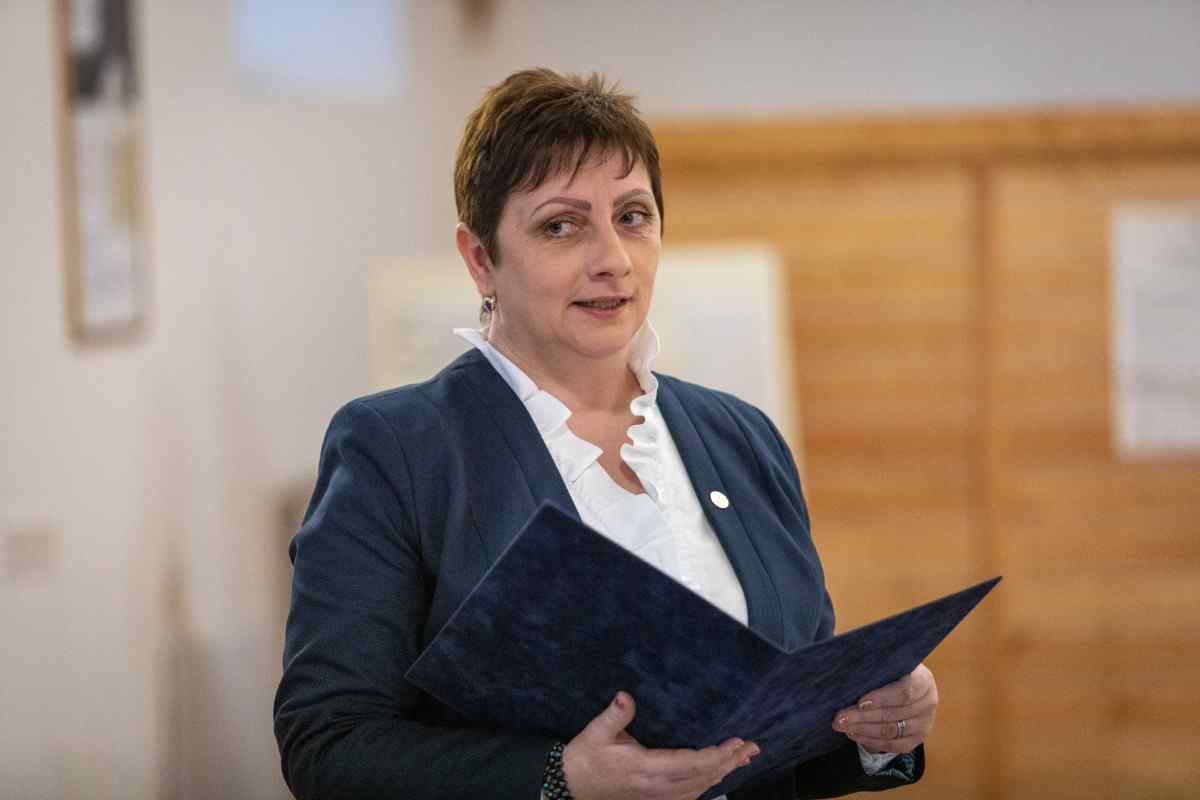
Dealing with The Journal of Neurology and Neurological Surgery was very smooth and comprehensive. The office staff took time to address my needs and the response from editors and the office was prompt and fair. I certainly hope to publish with this journal again.Their professionalism is apparent and more than satisfactory. Susan Weiner

My Testimonial Covering as fellowing: Lin-Show Chin. The peer reviewers process is quick and effective, the supports from editorial office is excellent, the quality of journal is high. I would like to collabroate with Internatioanl journal of Clinical Case Reports and Reviews.
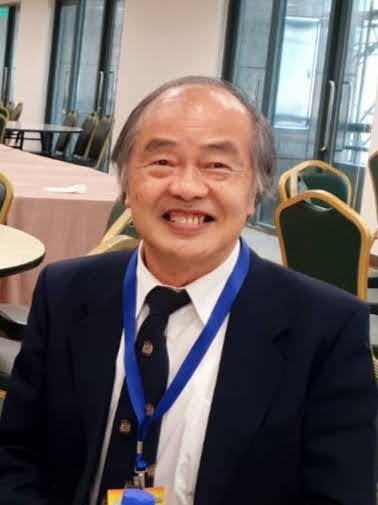
My experience publishing in Psychology and Mental Health Care was exceptional. The peer review process was rigorous and constructive, with reviewers providing valuable insights that helped enhance the quality of our work. The editorial team was highly supportive and responsive, making the submission process smooth and efficient. The journal's commitment to high standards and academic rigor makes it a respected platform for quality research. I am grateful for the opportunity to publish in such a reputable journal.
My experience publishing in International Journal of Clinical Case Reports and Reviews was exceptional. I Come forth to Provide a Testimonial Covering the Peer Review Process and the editorial office for the Professional and Impartial Evaluation of the Manuscript.
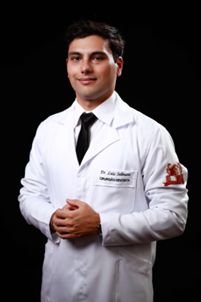
I would like to offer my testimony in the support. I have received through the peer review process and support the editorial office where they are to support young authors like me, encourage them to publish their work in your esteemed journals, and globalize and share knowledge globally. I really appreciate your journal, peer review, and editorial office.
Dear Agrippa Hilda- Editorial Coordinator of Journal of Neuroscience and Neurological Surgery, "The peer review process was very quick and of high quality, which can also be seen in the articles in the journal. The collaboration with the editorial office was very good."
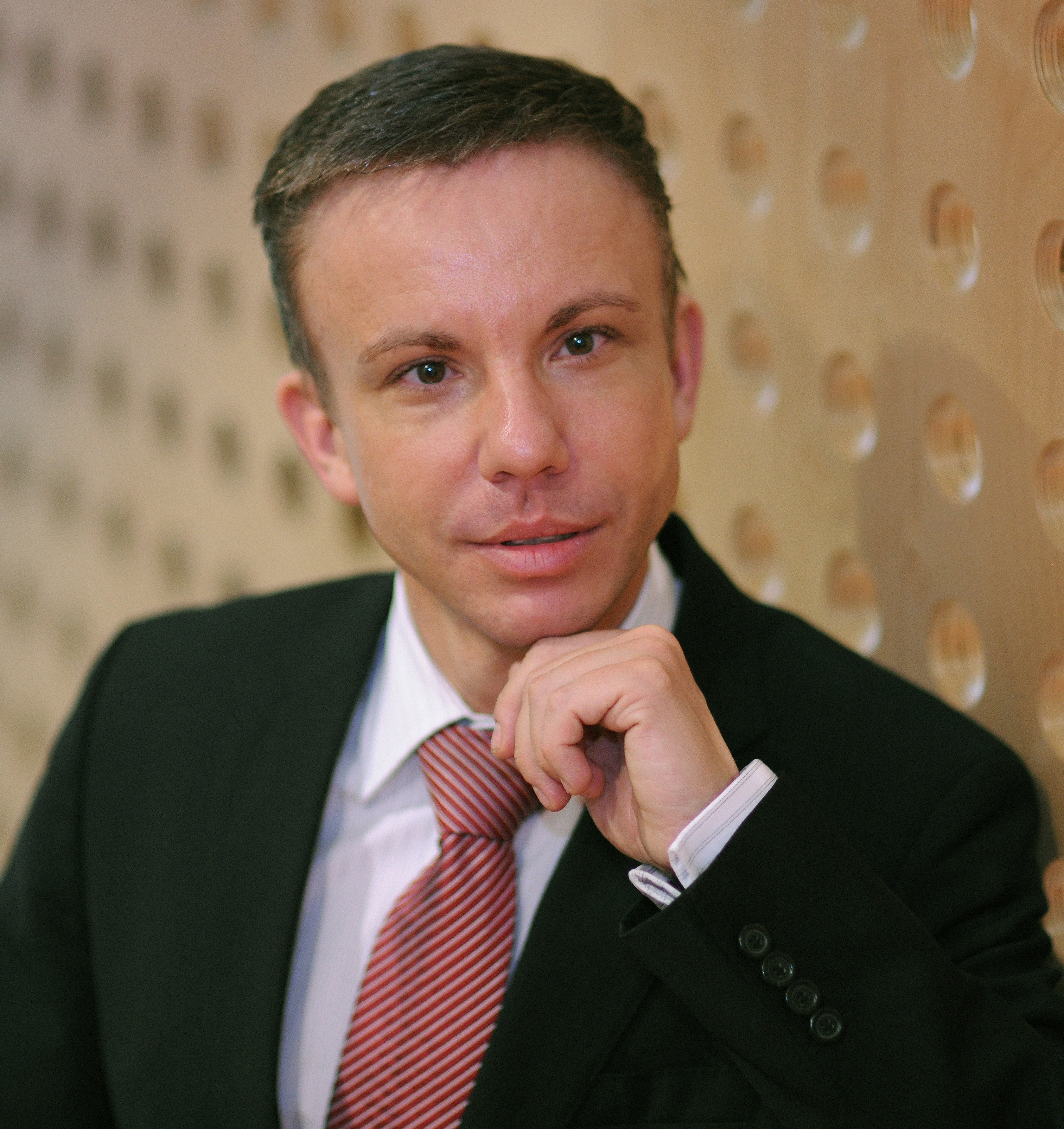
I would like to express my sincere gratitude for the support and efficiency provided by the editorial office throughout the publication process of my article, “Delayed Vulvar Metastases from Rectal Carcinoma: A Case Report.” I greatly appreciate the assistance and guidance I received from your team, which made the entire process smooth and efficient. The peer review process was thorough and constructive, contributing to the overall quality of the final article. I am very grateful for the high level of professionalism and commitment shown by the editorial staff, and I look forward to maintaining a long-term collaboration with the International Journal of Clinical Case Reports and Reviews.
To Dear Erin Aust, I would like to express my heartfelt appreciation for the opportunity to have my work published in this esteemed journal. The entire publication process was smooth and well-organized, and I am extremely satisfied with the final result. The Editorial Team demonstrated the utmost professionalism, providing prompt and insightful feedback throughout the review process. Their clear communication and constructive suggestions were invaluable in enhancing my manuscript, and their meticulous attention to detail and dedication to quality are truly commendable. Additionally, the support from the Editorial Office was exceptional. From the initial submission to the final publication, I was guided through every step of the process with great care and professionalism. The team's responsiveness and assistance made the entire experience both easy and stress-free. I am also deeply impressed by the quality and reputation of the journal. It is an honor to have my research featured in such a respected publication, and I am confident that it will make a meaningful contribution to the field.
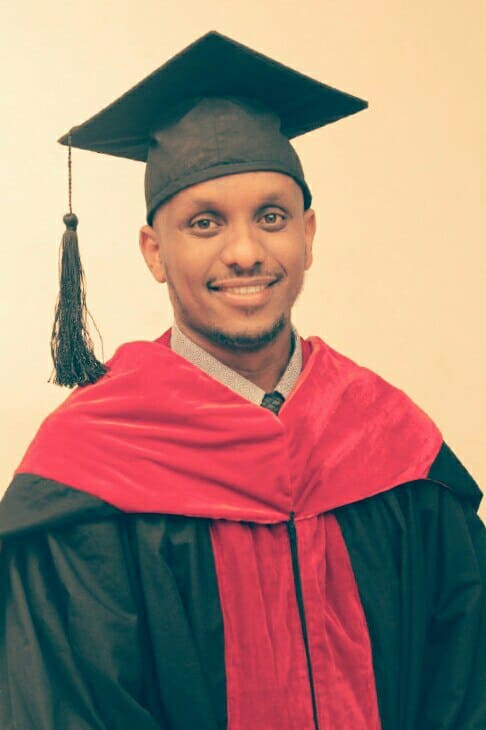
"I am grateful for the opportunity of contributing to [International Journal of Clinical Case Reports and Reviews] and for the rigorous review process that enhances the quality of research published in your esteemed journal. I sincerely appreciate the time and effort of your team who have dedicatedly helped me in improvising changes and modifying my manuscript. The insightful comments and constructive feedback provided have been invaluable in refining and strengthening my work".
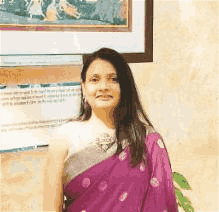
I thank the ‘Journal of Clinical Research and Reports’ for accepting this article for publication. This is a rigorously peer reviewed journal which is on all major global scientific data bases. I note the review process was prompt, thorough and professionally critical. It gave us an insight into a number of important scientific/statistical issues. The review prompted us to review the relevant literature again and look at the limitations of the study. The peer reviewers were open, clear in the instructions and the editorial team was very prompt in their communication. This journal certainly publishes quality research articles. I would recommend the journal for any future publications.
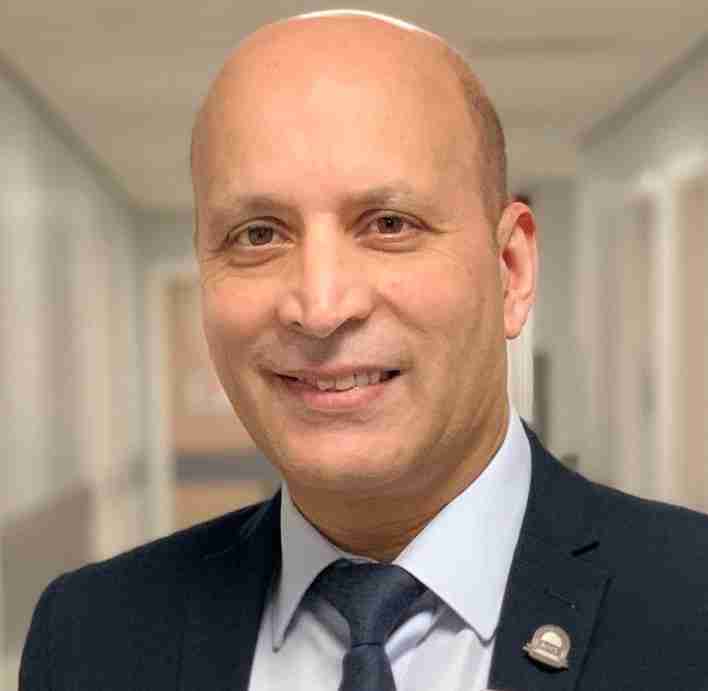
Dear Jessica Magne, with gratitude for the joint work. Fast process of receiving and processing the submitted scientific materials in “Clinical Cardiology and Cardiovascular Interventions”. High level of competence of the editors with clear and correct recommendations and ideas for enriching the article.
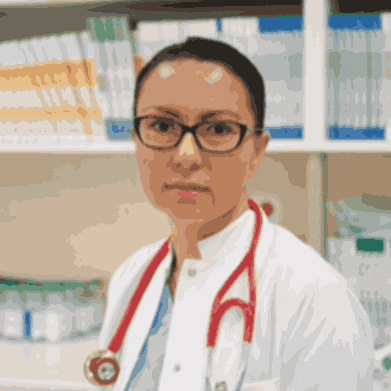
We found the peer review process quick and positive in its input. The support from the editorial officer has been very agile, always with the intention of improving the article and taking into account our subsequent corrections.
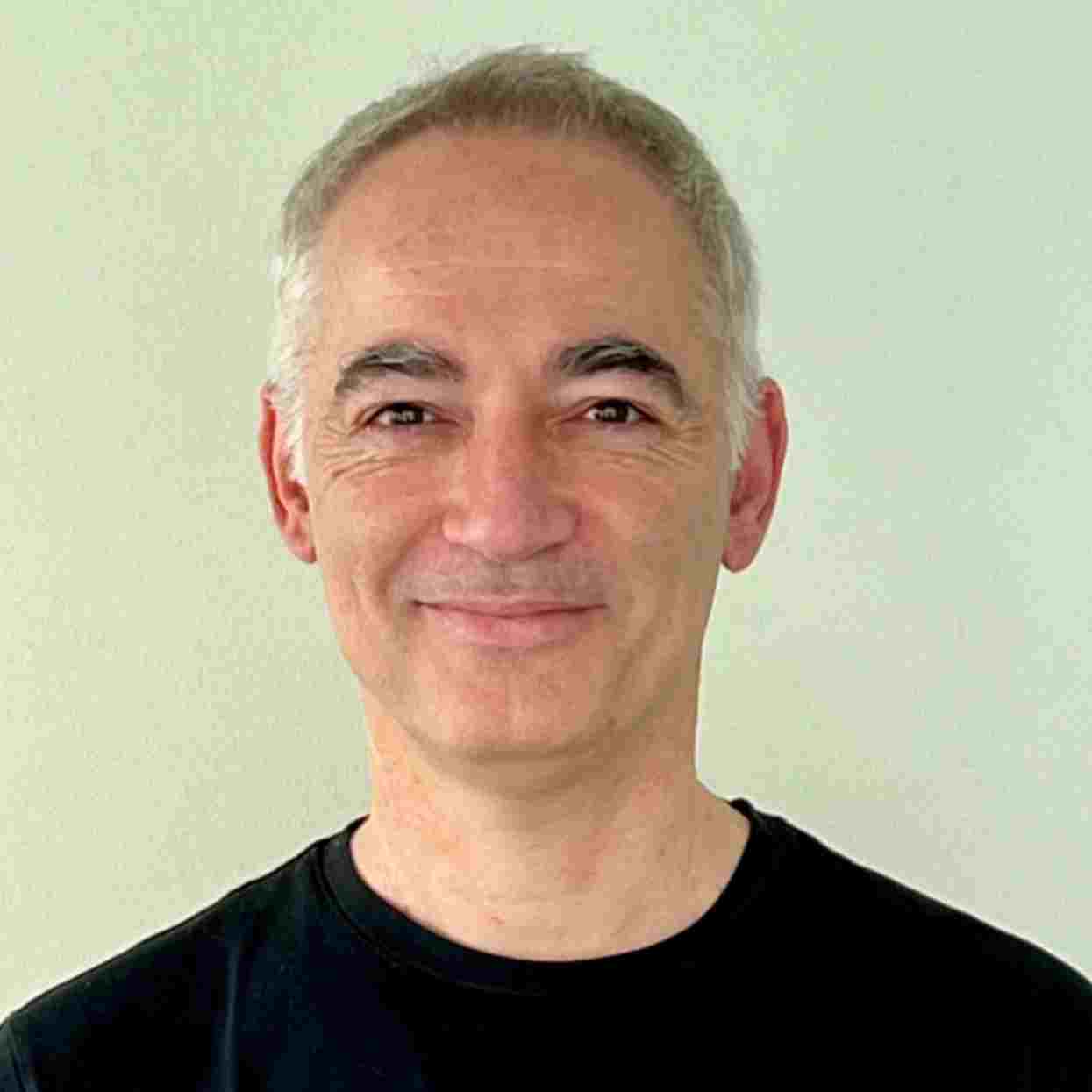
My article, titled 'No Way Out of the Smartphone Epidemic Without Considering the Insights of Brain Research,' has been republished in the International Journal of Clinical Case Reports and Reviews. The review process was seamless and professional, with the editors being both friendly and supportive. I am deeply grateful for their efforts.
To Dear Erin Aust – Editorial Coordinator of Journal of General Medicine and Clinical Practice! I declare that I am absolutely satisfied with your work carried out with great competence in following the manuscript during the various stages from its receipt, during the revision process to the final acceptance for publication. Thank Prof. Elvira Farina
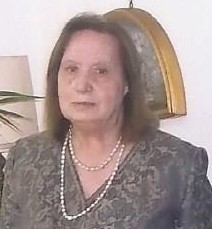
Dear Jessica, and the super professional team of the ‘Clinical Cardiology and Cardiovascular Interventions’ I am sincerely grateful to the coordinated work of the journal team for the no problem with the submission of my manuscript: “Cardiometabolic Disorders in A Pregnant Woman with Severe Preeclampsia on the Background of Morbid Obesity (Case Report).” The review process by 5 experts was fast, and the comments were professional, which made it more specific and academic, and the process of publication and presentation of the article was excellent. I recommend that my colleagues publish articles in this journal, and I am interested in further scientific cooperation. Sincerely and best wishes, Dr. Oleg Golyanovskiy.
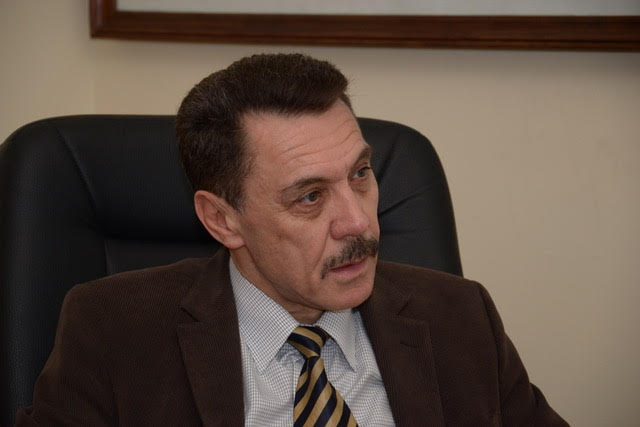
Dear Ashley Rosa, Editorial Coordinator of the journal - Psychology and Mental Health Care. " The process of obtaining publication of my article in the Psychology and Mental Health Journal was positive in all areas. The peer review process resulted in a number of valuable comments, the editorial process was collaborative and timely, and the quality of this journal has been quickly noticed, resulting in alternative journals contacting me to publish with them." Warm regards, Susan Anne Smith, PhD. Australian Breastfeeding Association.
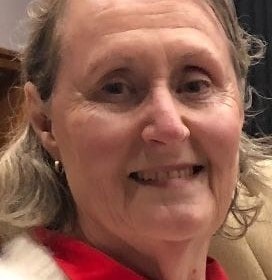
Dear Jessica Magne, Editorial Coordinator, Clinical Cardiology and Cardiovascular Interventions, Auctores Publishing LLC. I appreciate the journal (JCCI) editorial office support, the entire team leads were always ready to help, not only on technical front but also on thorough process. Also, I should thank dear reviewers’ attention to detail and creative approach to teach me and bring new insights by their comments. Surely, more discussions and introduction of other hemodynamic devices would provide better prevention and management of shock states. Your efforts and dedication in presenting educational materials in this journal are commendable. Best wishes from, Farahnaz Fallahian.
Dear Maria Emerson, Editorial Coordinator, International Journal of Clinical Case Reports and Reviews, Auctores Publishing LLC. I am delighted to have published our manuscript, "Acute Colonic Pseudo-Obstruction (ACPO): A rare but serious complication following caesarean section." I want to thank the editorial team, especially Maria Emerson, for their prompt review of the manuscript, quick responses to queries, and overall support. Yours sincerely Dr. Victor Olagundoye.
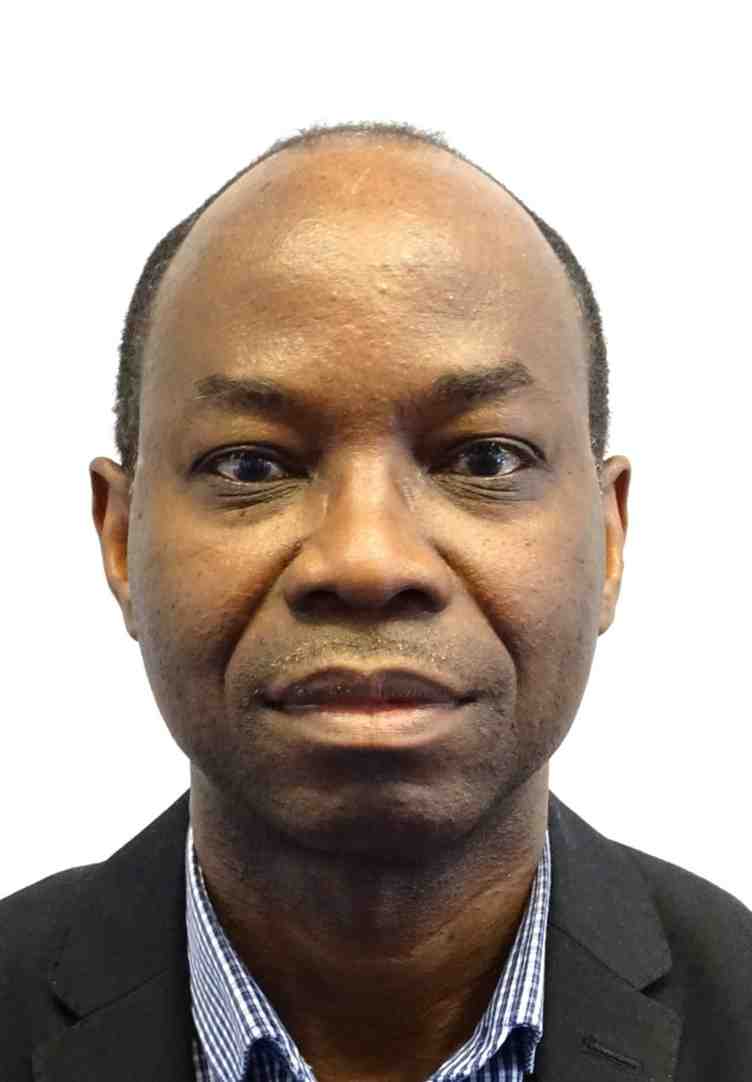
Dear Ashley Rosa, Editorial Coordinator, International Journal of Clinical Case Reports and Reviews. Many thanks for publishing this manuscript after I lost confidence the editors were most helpful, more than other journals Best wishes from, Susan Anne Smith, PhD. Australian Breastfeeding Association.
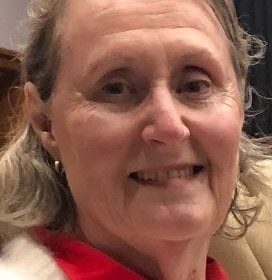
Dear Agrippa Hilda, Editorial Coordinator, Journal of Neuroscience and Neurological Surgery. The entire process including article submission, review, revision, and publication was extremely easy. The journal editor was prompt and helpful, and the reviewers contributed to the quality of the paper. Thank you so much! Eric Nussbaum, MD
Dr Hala Al Shaikh This is to acknowledge that the peer review process for the article ’ A Novel Gnrh1 Gene Mutation in Four Omani Male Siblings, Presentation and Management ’ sent to the International Journal of Clinical Case Reports and Reviews was quick and smooth. The editorial office was prompt with easy communication.
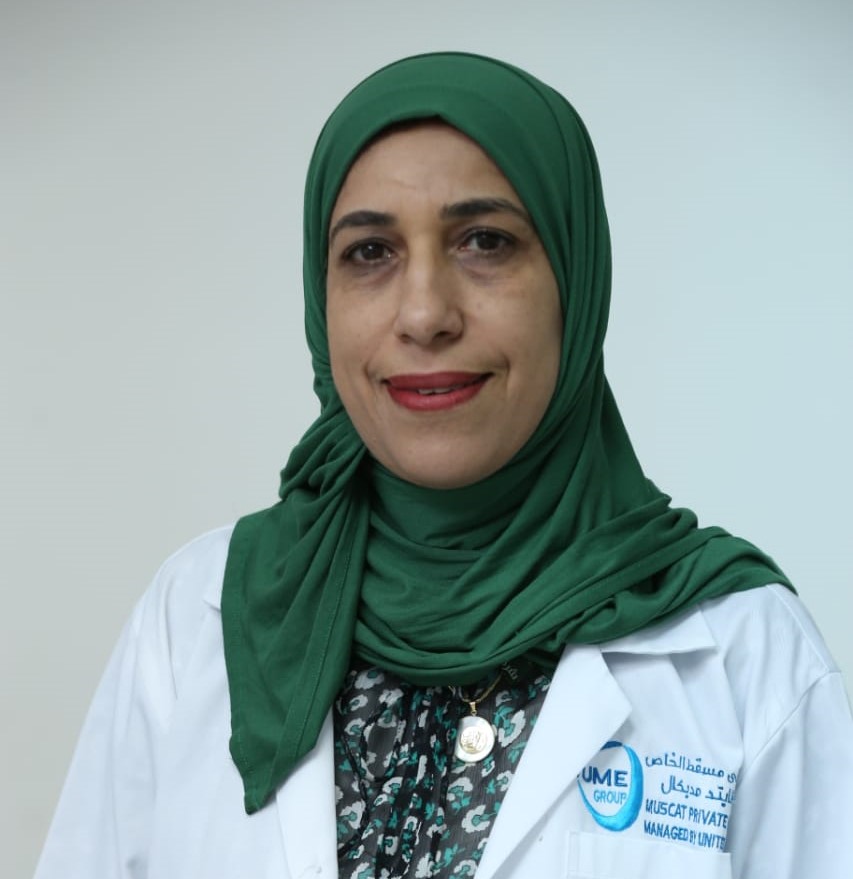
Dear Erin Aust, Editorial Coordinator, Journal of General Medicine and Clinical Practice. We are pleased to share our experience with the “Journal of General Medicine and Clinical Practice”, following the successful publication of our article. The peer review process was thorough and constructive, helping to improve the clarity and quality of the manuscript. We are especially thankful to Ms. Erin Aust, the Editorial Coordinator, for her prompt communication and continuous support throughout the process. Her professionalism ensured a smooth and efficient publication experience. The journal upholds high editorial standards, and we highly recommend it to fellow researchers seeking a credible platform for their work. Best wishes By, Dr. Rakhi Mishra.

Dear Jessica Magne, Editorial Coordinator, Clinical Cardiology and Cardiovascular Interventions, Auctores Publishing LLC. The peer review process of the journal of Clinical Cardiology and Cardiovascular Interventions was excellent and fast, as was the support of the editorial office and the quality of the journal. Kind regards Walter F. Riesen Prof. Dr. Dr. h.c. Walter F. Riesen.

Dear Ashley Rosa, Editorial Coordinator, International Journal of Clinical Case Reports and Reviews, Auctores Publishing LLC. Thank you for publishing our article, Exploring Clozapine's Efficacy in Managing Aggression: A Multiple Single-Case Study in Forensic Psychiatry in the international journal of clinical case reports and reviews. We found the peer review process very professional and efficient. The comments were constructive, and the whole process was efficient. On behalf of the co-authors, I would like to thank you for publishing this article. With regards, Dr. Jelle R. Lettinga.

Dear Clarissa Eric, Editorial Coordinator, Journal of Clinical Case Reports and Studies, I would like to express my deep admiration for the exceptional professionalism demonstrated by your journal. I am thoroughly impressed by the speed of the editorial process, the substantive and insightful reviews, and the meticulous preparation of the manuscript for publication. Additionally, I greatly appreciate the courteous and immediate responses from your editorial office to all my inquiries. Best Regards, Dariusz Ziora

Dear Chrystine Mejia, Editorial Coordinator, Journal of Neurodegeneration and Neurorehabilitation, Auctores Publishing LLC, We would like to thank the editorial team for the smooth and high-quality communication leading up to the publication of our article in the Journal of Neurodegeneration and Neurorehabilitation. The reviewers have extensive knowledge in the field, and their relevant questions helped to add value to our publication. Kind regards, Dr. Ravi Shrivastava.

Dear Clarissa Eric, Editorial Coordinator, Journal of Clinical Case Reports and Studies, Auctores Publishing LLC, USA Office: +1-(302)-520-2644. I would like to express my sincere appreciation for the efficient and professional handling of my case report by the ‘Journal of Clinical Case Reports and Studies’. The peer review process was not only fast but also highly constructive—the reviewers’ comments were clear, relevant, and greatly helped me improve the quality and clarity of my manuscript. I also received excellent support from the editorial office throughout the process. Communication was smooth and timely, and I felt well guided at every stage, from submission to publication. The overall quality and rigor of the journal are truly commendable. I am pleased to have published my work with Journal of Clinical Case Reports and Studies, and I look forward to future opportunities for collaboration. Sincerely, Aline Tollet, UCLouvain.

Dear Ms. Mayra Duenas, Editorial Coordinator, International Journal of Clinical Case Reports and Reviews. “The International Journal of Clinical Case Reports and Reviews represented the “ideal house” to share with the research community a first experience with the use of the Simeox device for speech rehabilitation. High scientific reputation and attractive website communication were first determinants for the selection of this Journal, and the following submission process exceeded expectations: fast but highly professional peer review, great support by the editorial office, elegant graphic layout. Exactly what a dynamic research team - also composed by allied professionals - needs!" From, Chiara Beccaluva, PT - Italy.
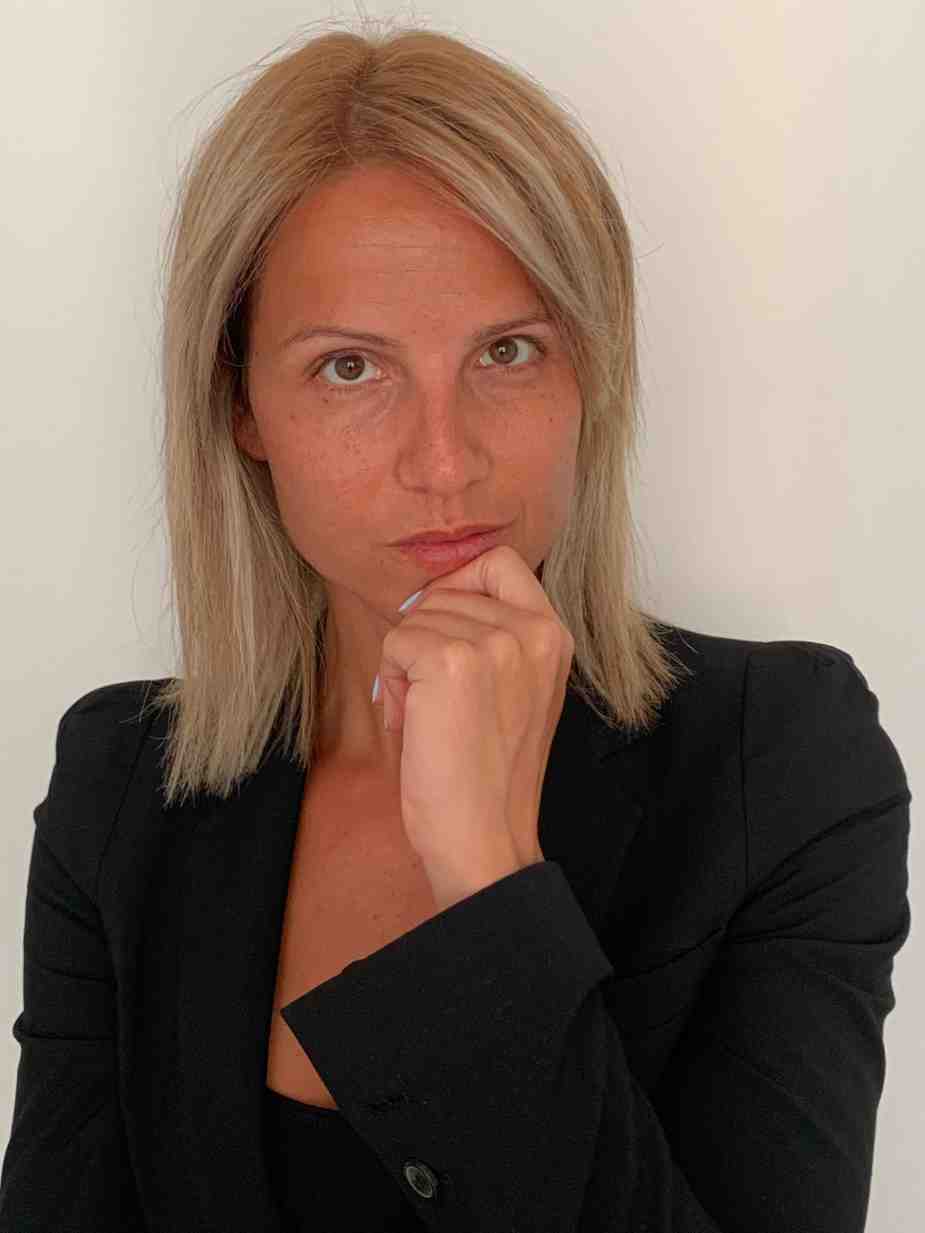
Dear Maria Emerson, Editorial Coordinator, we have deeply appreciated the professionalism demonstrated by the International Journal of Clinical Case Reports and Reviews. The reviewers have extensive knowledge of our field and have been very efficient and fast in supporting the process. I am really looking forward to further collaboration. Thanks. Best regards, Dr. Claudio Ligresti
Dear Chrystine Mejia, Editorial Coordinator, Journal of Neurodegeneration and Neurorehabilitation. “The peer review process was efficient and constructive, and the editorial office provided excellent communication and support throughout. The journal ensures scientific rigor and high editorial standards, while also offering a smooth and timely publication process. We sincerely appreciate the work of the editorial team in facilitating the dissemination of innovative approaches such as the Bonori Method.” Best regards, Dr. Matteo Bonori.
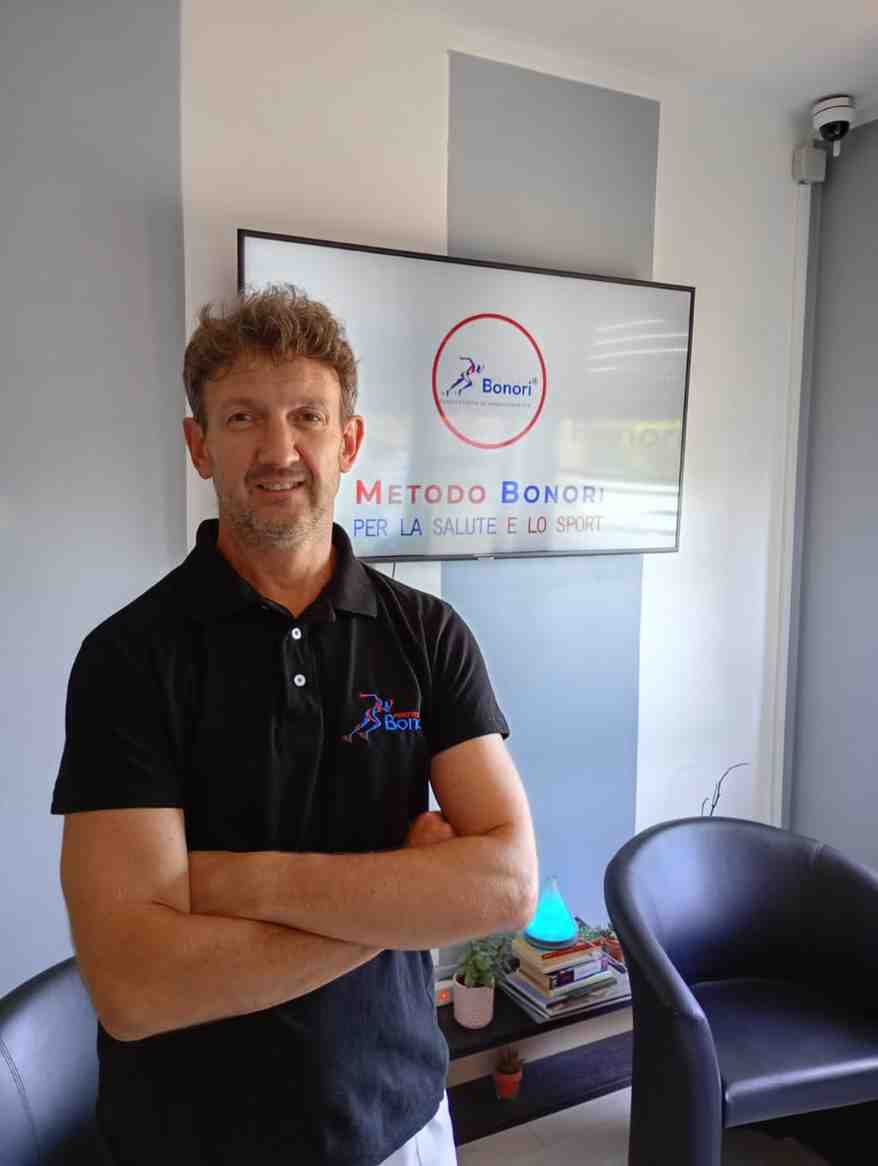
I recommend without hesitation submitting relevant papers on medical decision making to the International Journal of Clinical Case Reports and Reviews. I am very grateful to the editorial staff. Maria Emerson was a pleasure to communicate with. The time from submission to publication was an extremely short 3 weeks. The editorial staff submitted the paper to three reviewers. Two of the reviewers commented positively on the value of publishing the paper. The editorial staff quickly recognized the third reviewer’s comments as an unjust attempt to reject the paper. I revised the paper as recommended by the first two reviewers.

Dear Maria Emerson, Editorial Coordinator, Journal of Clinical Research and Reports. Thank you for publishing our case report: "Clinical Case of Effective Fetal Stem Cells Treatment in a Patient with Autism Spectrum Disorder" within the "Journal of Clinical Research and Reports" being submitted by the team of EmCell doctors from Kyiv, Ukraine. We much appreciate a professional and transparent peer-review process from Auctores. All research Doctors are so grateful to your Editorial Office and Auctores Publishing support! I amiably wish our article publication maintained a top quality of your International Scientific Journal. My best wishes for a prosperity of the Journal of Clinical Research and Reports. Hope our scientific relationship and cooperation will remain long lasting. Thank you very much indeed. Kind regards, Dr. Andriy Sinelnyk Cell Therapy Center EmCell
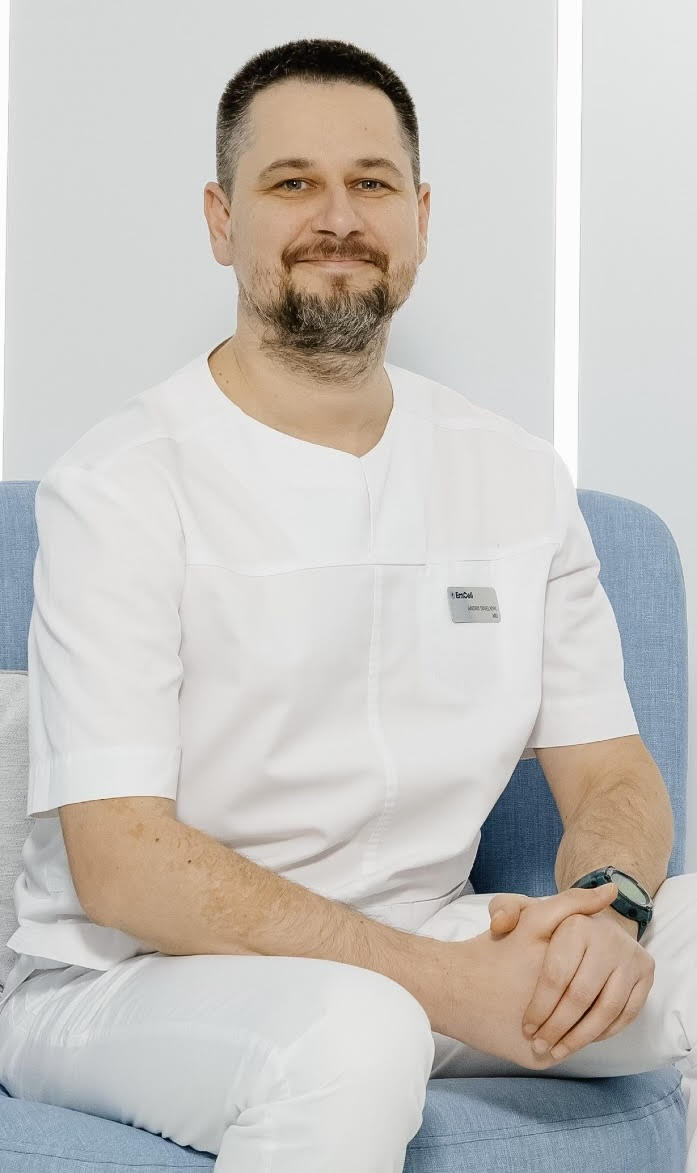
Dear Editorial Team, Clinical Cardiology and Cardiovascular Interventions. It was truly a rewarding experience to work with the journal “Clinical Cardiology and Cardiovascular Interventions”. The peer review process was insightful and encouraging, helping us refine our work to a higher standard. The editorial office offered exceptional support with prompt and thoughtful communication. I highly value the journal’s role in promoting scientific advancement and am honored to be part of it. Best regards, Meng-Jou Lee, MD, Department of Anesthesiology, National Taiwan University Hospital.
